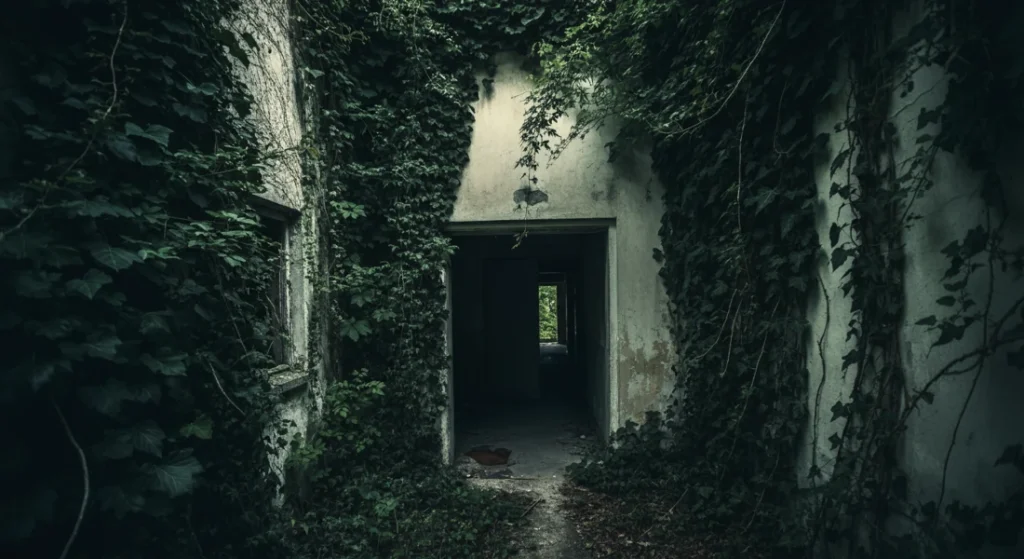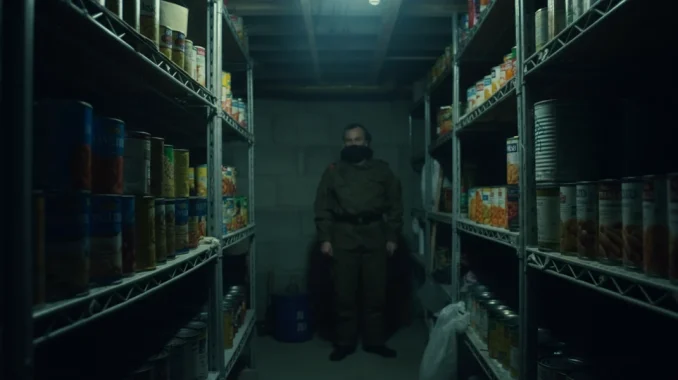In times of war, conflict, or natural disasters, having a safe and secure shelter is a top priority. Exposure to extreme weather, unsafe environments, and lack of protection can quickly become life-threatening. Knowing how to secure, build, or find shelter in an emergency situation is critical to survival.
This guide will help you choose the right emergency shelter, set it up properly, and avoid common mistakes to stay safe in a crisis.

Step 1: Assessing Your Shelter Needs
Before choosing or building a shelter, you need to consider your specific situation and risks:
Key Questions to Ask:
- What threats do you face? (War, looting, bombings, extreme cold, heat, flooding?)
- How long will you need shelter? (A few days, weeks, or months?)
- What materials and resources do you have? (Can you reinforce your home or do you need to build a temporary shelter?)
- Are you staying in place or evacuating? (Bugging in or bugging out?)
The answers to these questions will help determine the best shelter option for your situation.
Step 2: Shelter Options for Different Situations
1. Staying in Your Home (Bugging In)
If your home is still structurally safe, it may be the best shelter option. However, you may need to fortify it against external threats.
How to Secure Your Home as an Emergency Shelter:
- Reinforce doors and windows – Use plywood, metal bars, or security film to make entry harder for intruders.
- Create a safe room – A room with no windows, strong walls, and minimal outside exposure.
- Stockpile essential supplies – Water, food, first aid, and fuel should be enough for at least 2 weeks.
- Ensure ventilation – If trapped inside for long periods, make sure air can circulate properly.
- Set up blackout curtains – Prevents light from escaping at night, reducing the risk of being targeted.
What NOT to Do:
- Do not rely solely on city infrastructure—power, water, and gas may be cut off.
- Avoid using a room with large windows as your shelter area—glass can shatter easily.
- Do not leave doors or weak entry points unguarded—secure all possible access routes.
2. Underground Shelters (Best for War or Bombings)
In active war zones, an underground bunker or basement is the safest option.
How to Set Up a Safe Underground Shelter:
- Ensure ventilation – Install air vents or filters if staying underground for long periods.
- Reinforce the ceiling and walls – Protect against collapsing debris.
- Stockpile emergency supplies – Water, food, lighting, blankets, and first aid are essential.
- Prepare emergency exits – If the main entrance is blocked, a secondary escape route is crucial.
What NOT to Do:
- Do not stay underground without proper airflow—carbon dioxide buildup can be deadly.
- Avoid staying in basements that flood easily—check for drainage issues before sheltering.
- Do not block your escape route—always have a way out.
3. Temporary Shelters (For Evacuation or War Zones)
If you need to evacuate, you may need a temporary shelter in the wilderness or an urban setting.
Best Temporary Shelter Options:
- Tents or Tarps – Lightweight and easy to carry, ideal for quick shelter in open areas.
- Abandoned Buildings – Look for intact structures with strong walls and a secure exit.
- Caves or Natural Shelters – Provide good protection but must be checked for safety.
- Vehicle Shelters – If stuck in a car, insulate windows and stay hidden.
What NOT to Do:
- Do not shelter in unstable or damaged buildings—they could collapse.
- Avoid shelters with only one exit—always have an escape route.
- Do not light fires inside enclosed shelters without proper ventilation—risk of carbon monoxide poisoning.
Step 3: Insulating and Protecting Your Shelter
No matter what type of shelter you use, keeping warm and dry is essential.
How to Insulate a Shelter in Cold Weather:
- Use blankets, sleeping bags, or layered clothing to trap body heat.
- Seal cracks or openings with fabric, plastic sheeting, or duct tape.
- Create a small enclosed space—a tighter area traps heat better than a large, open room.
- If possible, use body heat—sleep close together under blankets.
What NOT to Do:
- Do not rely on open flames for heat in small enclosed areas—risk of fire and suffocation.
- Avoid using wet or damp materials for insulation—this reduces warmth.
- Do not block airflow completely—you still need some ventilation.
Step 4: Safety and Security in a Crisis
A shelter is only useful if it keeps you safe from threats.
How to Protect Your Shelter from Intruders:
- Stay hidden – Avoid drawing attention with lights, noise, or cooking smells.
- Set up barriers – Use furniture, logs, or makeshift obstacles to slow down intruders.
- Have an escape plan – Always know how to leave quickly if needed.
- Use early warning systems – Tripwires, noise alarms, or even a dog can alert you to intruders.
What NOT to Do:
- Do not confront intruders unless necessary—avoid violence if possible.
- Avoid making your shelter look valuable—the more ordinary it looks, the less likely it will be targeted.
- Do not trust unknown individuals too quickly—desperate people can be dangerous.
Conclusion: Be Ready Before Disaster Strikes
Having a safe and secure shelter can mean the difference between survival and disaster. Prepare now, so you don’t have to panic later.
Final Recommendations:
- Assess your risks and plan shelter accordingly.
- Secure your home if staying in place.
- Identify alternative shelters if evacuation is necessary.
- Ensure insulation, ventilation, and security for long-term survival.
- Always have a backup plan and escape route.
A good shelter protects you from both the elements and human threats. Make sure you’re ready before a crisis happens.




